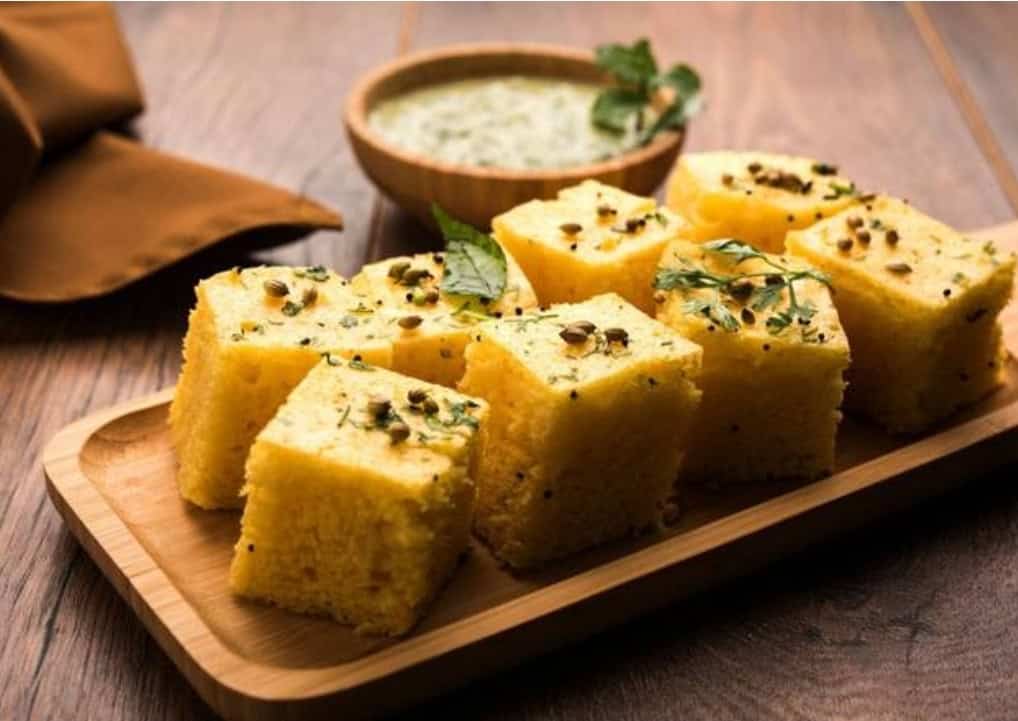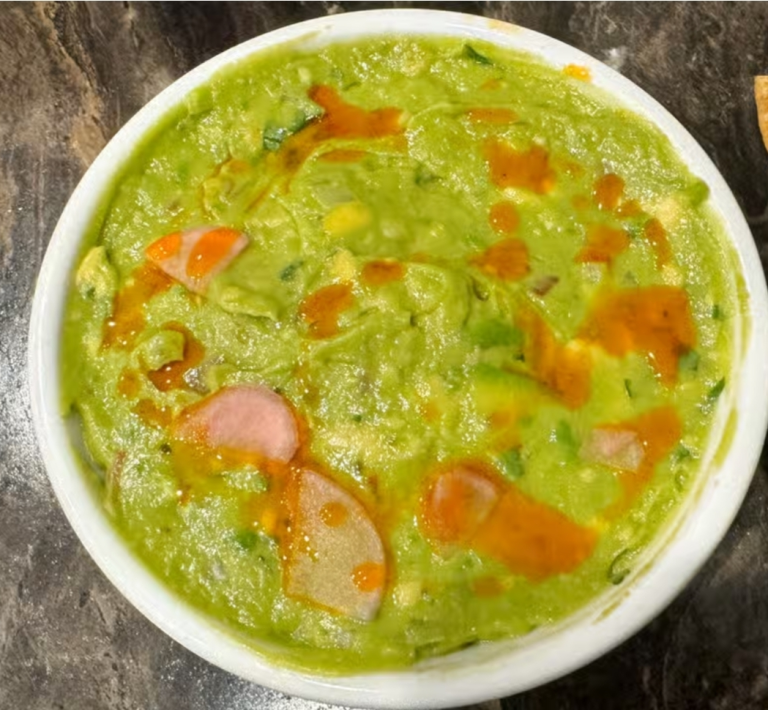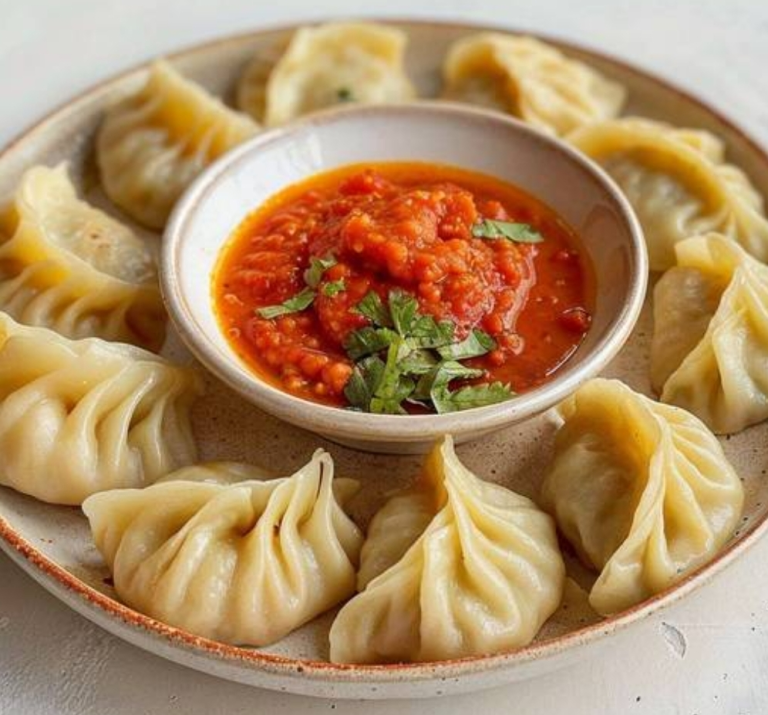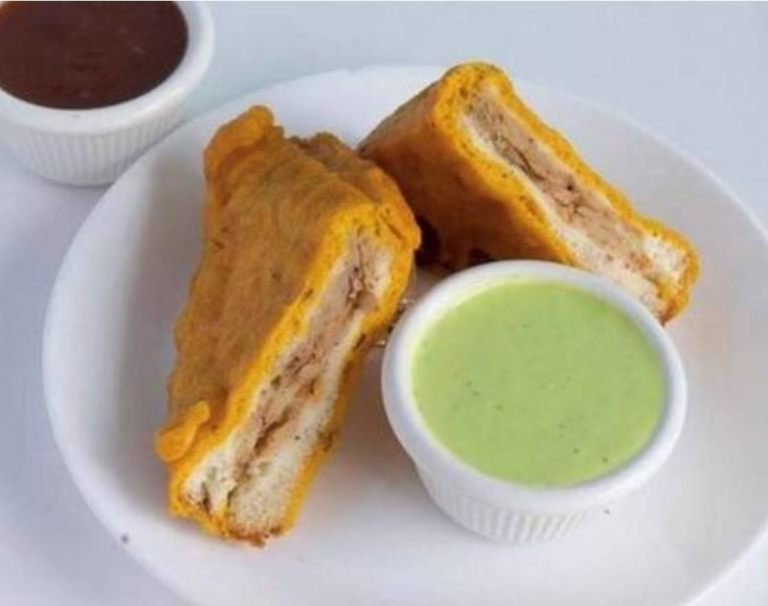The Best Fluffy Pancakes recipe you will fall in love with. Full of tips and tricks to help you make the best pancakes.

The Secret to Perfect Besan Dhokla: A Fluffy, Healthy Gujarati Delight
There’s something magical about steam rising from a plate of freshly made Besan Dhokla. These golden-yellow squares of fluffy goodness represent more than just a snack—they’re a taste of Gujarati hospitality, a healthy treat that satisfies your cravings without weighing you down. If you’ve ever wondered how to achieve that perfect spongy texture that makes dhokla so irresistible, you’re about to discover the secrets that transform simple gram flour into a culinary masterpiece.
Why Besan Dhokla Deserves a Spot in Your Kitchen
What makes Besan Dhokla so special? For starters, it’s steamed, not fried, making it one of the healthiest Indian snacks you can prepare. It’s naturally gluten-free, packed with protein from the gram flour, and the fermentation (or quick leavening) makes it easily digestible. But beyond its health benefits, the real magic lies in its texture—that airy, sponge-like quality that melts in your mouth, combined with the unique sweet-and-tangy flavor profile that’s distinctly Gujarati.
The Three Pillars of Perfect Dhokla
1. The Right Batter Consistency
The journey to perfect soft dhokla begins with the batter. Many home cooks struggle with the consistency, but here’s the secret: your batter should flow easily but coat the back of a spoon—similar to pancake batter. Too thick, and your dhokla will be dense; too thin, and it won’t hold its structure. The 15-minute resting period after mixing is non-negotiable. This allows the flour to hydrate properly and the semolina (if using) to swell, contributing to that signature soft texture.
2. The Leavening Magic
This is where the real science happens. While traditional Khaman dhokla uses natural fermentation, the modern quick version relies on Eno fruit salt. The moment you add Eno to the batter, you’ll see it fizz—that’s carbon dioxide being released, which creates those tiny air pockets that make dhokla spongy. The key here is speed and gentle handling. Fold, don’t stir vigorously, and get the batter into the steamer immediately. Every second counts once the Eno is added.
3. The Steaming Process
Steaming might seem straightforward, but there are nuances. Your water should be at a rolling boil before the batter goes in, and you must maintain consistent steam throughout the cooking process. No peeking! Every time you lift the lid, you release precious steam and lower the temperature, which can result in dense dhokla. The toothpick test is your best friend—when it comes out clean, your Gujarati snack is ready.
🔘 You Make Love our Churros In Air Fryer: Crispy, Sweet, and Oil-Free
The Tempering That Makes All the Difference
While the dhokla itself is delicious, the tempering (tadka) elevates it to another level. The sizzle of mustard seeds in hot oil, the fragrance of curry leaves and green chilies—this isn’t just garnish; it’s an essential flavor component. The pro tip? Add a couple of tablespoons of water to the tempering. This helps the flavors distribute evenly without making the dhokla oily. The sugar in the tempering balances the tanginess and creates that glossy finish that makes Besan Dhokla so visually appealing.
Serving Suggestions and Variations
Serve your homemade dhokla warm or at room temperature. The classic accompaniment is green chutney and tamarind date chutney for that sweet-and-spicy contrast. For extra texture and visual appeal, sprinkle some grated coconut and sev on top. If you’re feeling adventurous, try adding spinach puree to the batter for green dhokla, or beetroot puree for a vibrant pink version. You can even add a layer of chili paste for a spicy surprise in the middle.
Why Your Dhokla Might Fail (And How to Fix It)
If your dhokla turns out dense, the most likely culprit is old Eno or insufficient steaming time. If it’s too crumbly, you might have used too much Eno or overmixed the batter after adding it. If the texture is rubbery, the batter was probably too thin. The beauty of Besan Dhokla is that even imperfect batches taste great—so don’t be discouraged if your first attempt isn’t perfect.
Making soft and spongy dhokla at home is surprisingly simple once you understand the science behind it. It’s a recipe that rewards patience and attention to detail. The next time you crave a light, healthy snack that’s bursting with flavor, remember that a steamer full of golden, fluffy dhokla is just about 30 minutes away. Your kitchen will smell amazing, and your taste buds will thank you for this authentic taste of Gujarat.








[…] 🔘 You Will Also Love The Secret to Perfect Besan Dhokla: A Fluffy, Healthy Gujarati Delight […]
❤️❤️🧀🧀
3ueit6